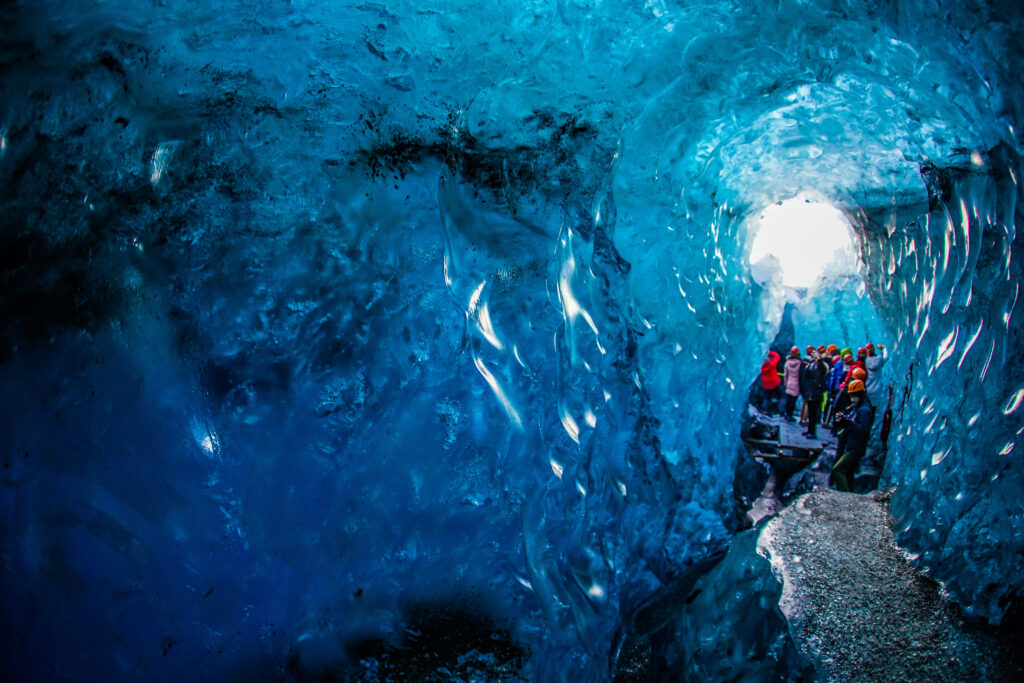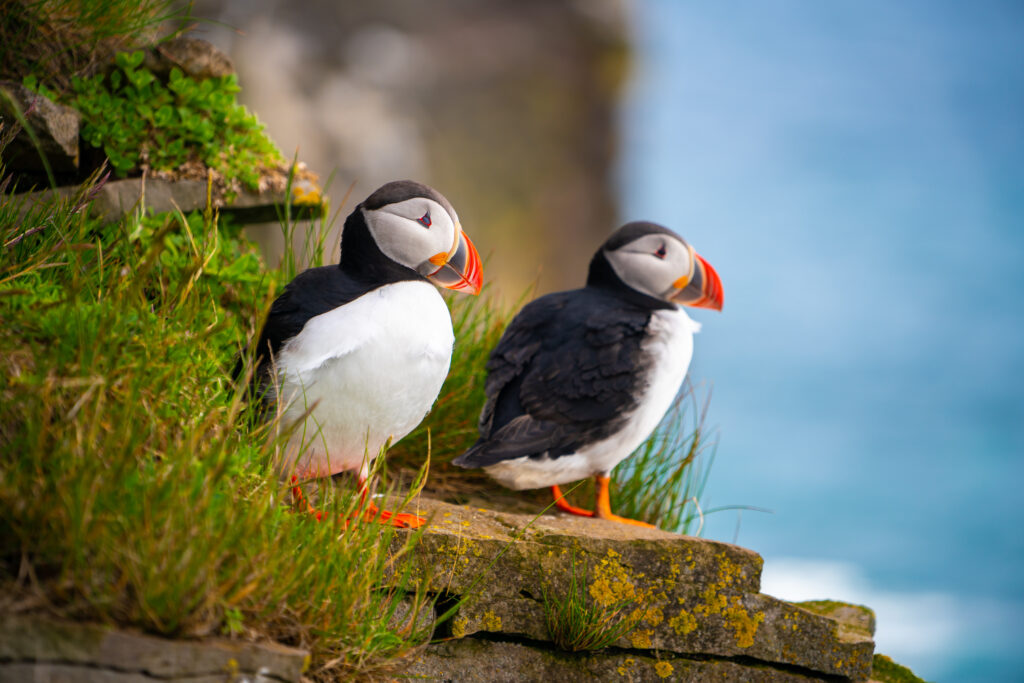The regions of Iceland
North Iceland
North Iceland is a friendly and tranquil area. Here you will find Akureyri, the largest town outside of the capital area, several historic coastal towns, Iceland's most popular ski area and the 13 Yule Lads (Santas).
A good way to explore North Iceland is to follow the Arctic Coast Way and the Diamond Circle.
Popular attractions:
The capital area
The capital area is known for its vibrant cultural life, an exciting nightlife and a relaxed atmosphere. In the city centre, you will find a mix of colourful houses and modern buildings with a wide range of shops, museums and other interesting attractions. The main shopping streets are Laugavegur and Skólavörðustígur.
Popular attractions
Reykjanes peninsula
The Reykjanes peninsula is characterised by cliffs, lava fields, craters, volcanoes, and sizzling geothermal activity. It is home to the Reykjanes UNESCO Global Geopark with areas and landscapes of international geological significance.
Popular attractions
South Iceland
South Iceland has a diverse and spectacular natural environment with great attraction that is easy to access and experience all year round.
Popular attractions
- Hveragerði & Selfoss
- Þingvellir
- Geysir
- Gullfoss
- Hjálparfoss & Gjáin in Þjórsárdalur Valley
- Hekla
- Þórsmörk
- Eyjafjallajökull
- Skógafoss & Seljalandsfoss
- Vík, Reynisfjara & Dyrhólaey
- Landmannalaugar
- Kirkjubæjarklaustur & Fjaðrárgljúfur
- Skaftafell
- Jökulsárlón
- Hoffellsjökull
- Höfn & Vestrahorn
- Vestmannaeyjar
East Iceland
East Iceland is characterized by small villages, dramatic coastlines, narrow fjords, waterfalls and mountains. The nature is always close and visitors can participate in outdoor experiences all year around.
Popular attractions
Westfjords
The Westfjords are the country's northwest corner, characterised by steep and dramatic fjord scenery. The region has been named one of Iceland's best-kept secrets where mass tourism disappears.
A good way to explore the Westfjords is to follow the Westfjords Way.
Popular attractions
West Iceland
West Iceland is a region that prides itself on its striking natural landscapes. It is known as the land of the Sagas, waterfalls and glaciers.
Popular attractions
Iceland made up of seven regions, all of which have their own regional marketing offices of tourism and website with information on local tourist attractions and services. Here below are links to each regional website:
- West Iceland
- Westfjords
- North Iceland
- East Iceland
- South Iceland
- Reykjanes peninsula
- The capital area
Click on the map to see more information on each region’s popular tourist attractions.
For more information on tourist services for the whole of Iceland and the opportunity to use the virtual map to plan your trip , check out visiticeland.com
Seasonal attractions
Northern lights
One of Iceland’s most popular attractions in winter are the Auror Borealis or better known as the northern lights. This phenomena occurs because of activity on the surface of the sun that interacts with the magnetic field of the Earth, creating a magical display in the sky.
Northern lights can only be seen in winter as they require darkness (usually from early September until the middle of April)and are best viewed away from light pollution. Two things need to align in order for northern lights to be visible: the sky needs to be partially clear, and the sun has to be throwing fast moving solar wind towards Earth.
On auroraforecast.is you can check the aurora forecast and cloud cover.

Photo: Courtesy of Hurtigruten Group
Ice caves
During the winter months (usually from October to March), it is possible to visit ice caves, depending on the weather and safety conditions.
In some countries travellers can visit the same ice caves year after year, but the conditions in Iceland change meaning guides must look for new caves that meet safety requirements each season.
Ice caves should never be entered without a professional guide and proper safety gear.
Click here to see which tour operators offer guided ice cave tours.
In addition to natural ice caves, tourists can also visit man-made ice tunnels, which are accessible all year around.

Puffins
Iceland is the breeding home for about 60% of the world’s Atlantic puffins. Puffins are the “de facto” national bird of Iceland. Puffins are often called “the clowns of the sea” because of there brightly coloured bills, clown-like faces, and awkwardness on land.
The largest single puffin colony on earth is on Iceland’s Westmann Islands (i. Vestmannaeyjar). Puffins can be seen during the summer, mainly around June when they start to nest.
Some of the most popular places to see puffins are:
- Dyrhólaey
- Reynisfjara
- Ingólfshöfði
- The Westman Islands
- Látrabjarg
- Hafnarhólmi (Borgarfjörður Eystri)
- Grímsey
- Breiðafjörður

